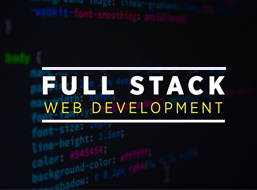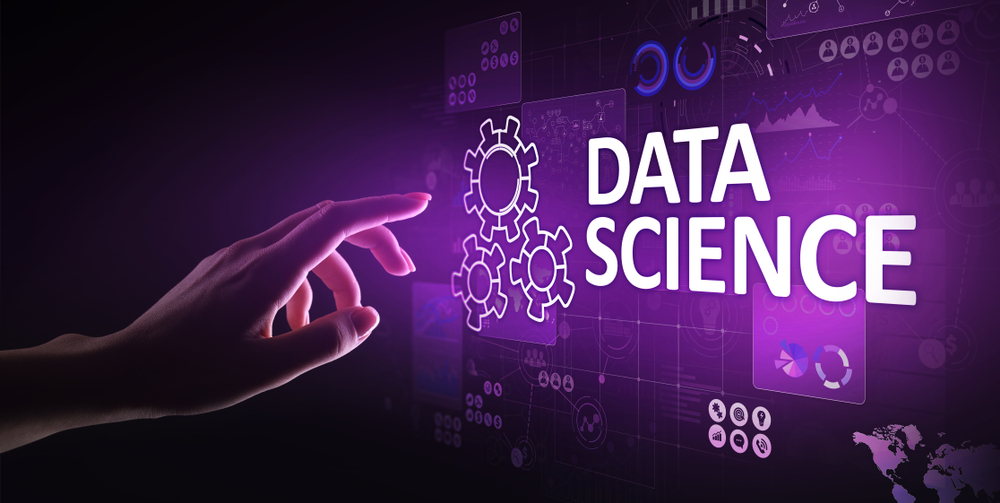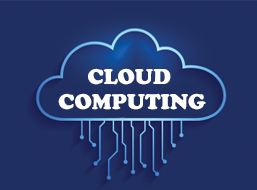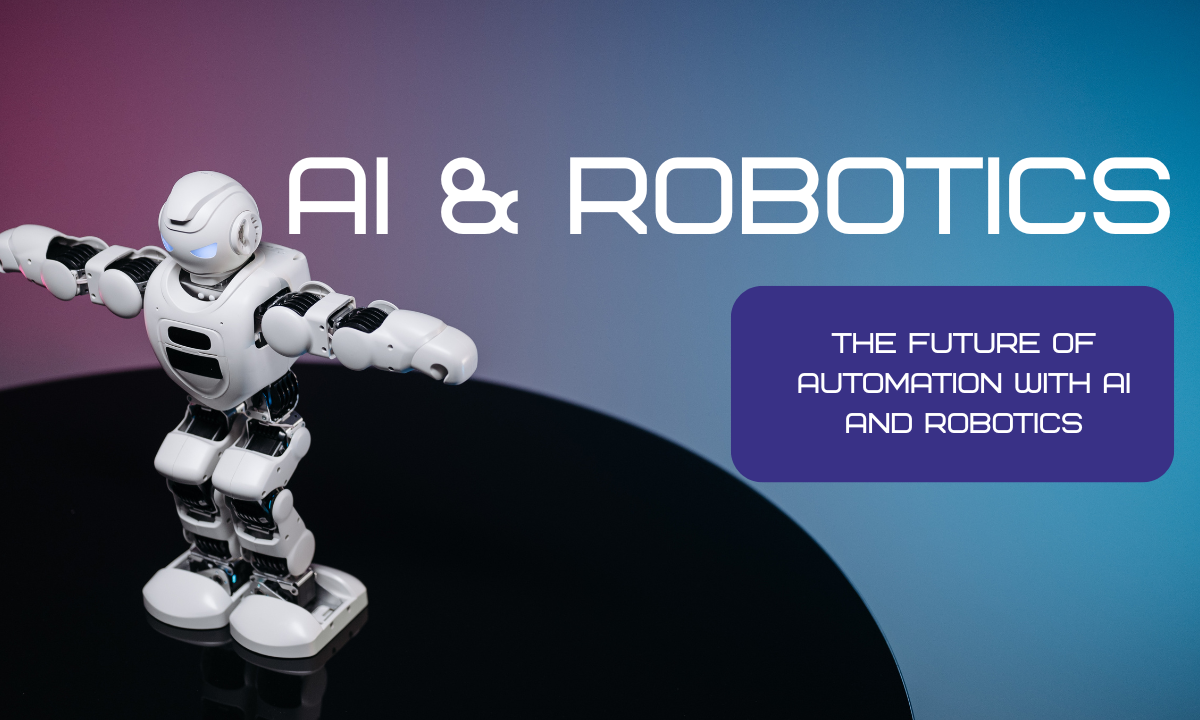In today’s fast-changing world, AI and Robotics are no longer science fiction; they are redefining the very concept of automation. As industries race toward efficiency, creativity, and scale, automation powered by artificial intelligence and robotic systems is becoming the backbone of innovation. But what exactly is the path ahead? What will the future of automation look like, and how can you prepare?
Let’s explore how AI and robotic process automation, future automation technologies, and intelligent systems will transform everything from production floors to service desks. Also, we will show how an Artificial Intelligence (AI) Course in Bangalore can equip you to thrive in that future.
---
What Is Automation? And How Do AI and Robotics Fit In?
-
Automation generally means using systems to perform tasks with minimal human intervention, such as repetitive, rule-based work, from assembly lines to data entry. But the next wave is smarter: AI and robotics enable systems not just to follow rules, but to learn, adapt, and make decisions.
-
Robotics refers to physical machines (robot arms, mobile bots, drones) that execute actions in the real world.
-
Artificial intelligence (AI) provides perception, reasoning, learning, and planning capabilities.
-
Combine them, and you get AI and robotic process automation: software bots and robotic agents working in tandem to automate both digital workflows and physical tasks.
-
This synergy is central to the future of automation, where machines don’t just follow instructions—they sense, learn, and improve over time.
---
Emerging Trends & Future Automation Technologies
1. Smarter Robotics with AI at the Core
Robotics is evolving from rigid, pre-programmed machines to flexible, adaptive systems. AI enables robots to adjust in real time to changing environments, handle unpredictable tasks, and collaborate safely with humans.
2. Vision-Language-Action Models
New architectures like the vision-language-action (VLA) model allow robots to interpret visual scenes, understand natural language commands, and act accordingly, all in a unified pipeline. It’s a breakthrough in bridging perception, reasoning, and control.
3. Dark Factories & Lights-Out Manufacturing
The concept of “dark factories” refers to fully autonomous factories that operate without humans on site. In these settings, future automation solutions run 24/7, with AI and robotics managing production, quality control, and logistics.
4. Lifelong Learning & Autonomous Adaptation
Robots will increasingly learn continuously, adapting from new data, improving performance, and evolving without full reprogramming. This is critical for complex and unstructured tasks.
5. Collaborative Humans and Robots (Cobots & HCAI)
Instead of replacing humans, future systems will focus on Human-Centered AI (HCAI), ensuring safe, explainable, and cooperative interactions between humans and robots.
6. Domain Expansion: Healthcare, Logistics, Service Robots
From surgical bots to autonomous delivery drones, AI + robotics is pushing into new domains. In diagnostics labs, automation is already improving throughput and accuracy.
7. The Rise of General-Purpose Humanoid Robots
Robots that look and act like us remain an aspirational frontier. But progress is accelerating; humanoids with dexterity, mobility, and cognitive flexibility are inching closer.
---
Why This Shift Matters, and Where Challenges Lie
-
Efficiency & Scale: Automated systems reduce errors, increase speed, and cut costs, especially at scale.
-
Innovation Catalyst: When mundane tasks are offloaded, humans can focus on creativity, strategy, and growth.
-
New Workforce Roles: The demand for AI/robotics engineers, automation architects, data scientists, and system integrators will climb.
-
Trust, Ethics & Security: As systems make autonomous decisions, transparency, safety, accountability, and security are paramount.
-
Infrastructure and Cost: Building, maintaining, and upgrading robotics and AI infrastructure is capital-intensive.
-
The future is promising, but not without hurdles.
---
Where Bangalore & India Fit In
Bangalore is already a hub for robotics, AI, and automation startups. Companies building AI and robotics in India are tapping into strong talent, lower costs, and favorable policy momentum. And service providers offering robotic process automation services are active in Bangalore’s industrial ecosystem.
If you enroll in an Artificial Intelligence (AI) course in Bangalore, you will gain local insight, hands-on lab exposure, and network access to Bangalore’s growing automation scene.
—
How to Prepare for the Future of Automation
-
Gain cross-disciplinary skills: AI knowledge + robotics fundamentals + system integration.
-
Hands-on projects: Build mini robots, integrate AI modules, experiment with automation pipelines.
-
Stay updated with research & papers: Trends like VLA models, HCAI, robotics roadmaps are evolving fast.
-
Ethics, trust & security know-how: Understand bias, fairness, adversarial attacks, explainability.
-
Strategic vision: Know where automation needs are highest – healthcare, logistics, and smart cities – and tailor skills.
---
Conclusion
The future belongs to automation that thinks, adapts, and collaborates. AI and Robotics are converging to deliver future automation technologies that will reshape industries, careers, and everyday life. If you want to ride this wave, building strong foundations in AI, robotics, and real-world implementation is essential.
At Apponix, we understand this new frontier. Through courses like the Artificial Intelligence (AI) Course in Bangalore, we bridge theory and practice, helping learners transition from curious observers to innovators in the world of automation. Together, we can build smarter systems—and smarter futures.
---
Frequently Asked Questions (FAQs)
Q1: What is automation, and how does it differ from AI and robotics?
Automation broadly means performing tasks with minimal human oversight. Traditional automation works on fixed rules. AI adds learning, adaptation, and decision-making, while robotics brings physical action into the mix.
Q2: What is AI and robotic process automation (RPA)?
RPA automates repetitive digital tasks (like data entry). AI + RPA augments this by allowing bots to understand, learn, and adapt, making automation more resilient and scalable.
Q3: What kinds of future automation solutions are expected soon?
Solutions will include autonomous factories, intelligent delivery systems, collaborative robots in workplaces, surgical automation, and general-purpose humanoid robots.
Q4: Which industries will benefit most?
Almost all, but especially the manufacturing, logistics, healthcare, agriculture, and service sectors, will see transformative change.
Q5: Is it worth doing an AI/robotics course in Bangalore now?
Absolutely. Given Bangalore’s tech ecosystem and rising automation demand, a well-structured course gives you practical skills, industry connections, and career positioning.
Q6: What are the key risks or challenges in future automation?
Security threats, bias and fairness, lack of transparency, ethical decision boundaries, infrastructure costs, and ensuring human oversight remain central concerns.




